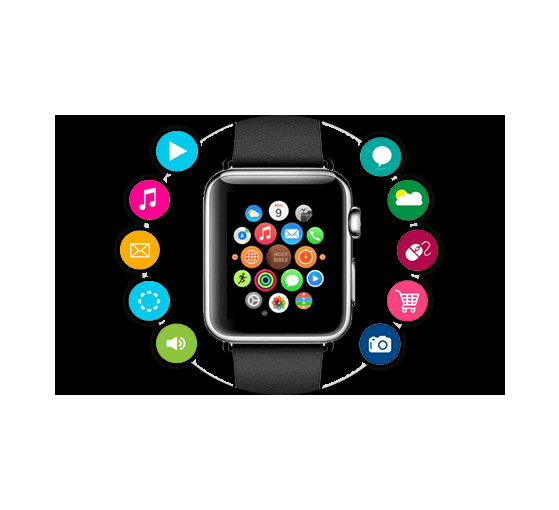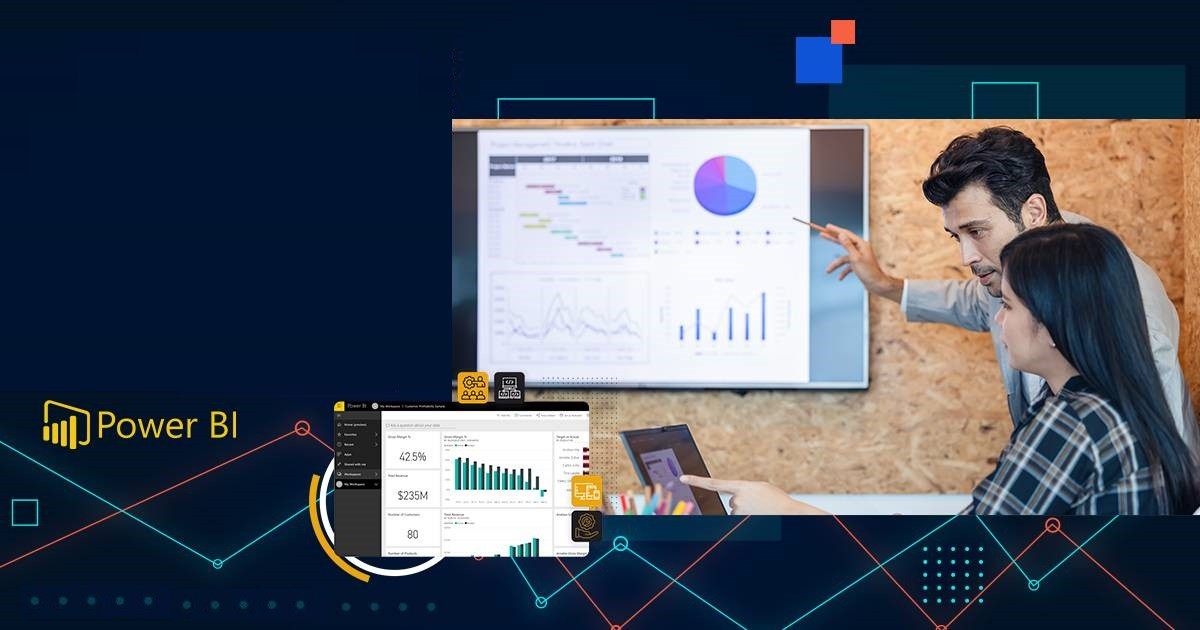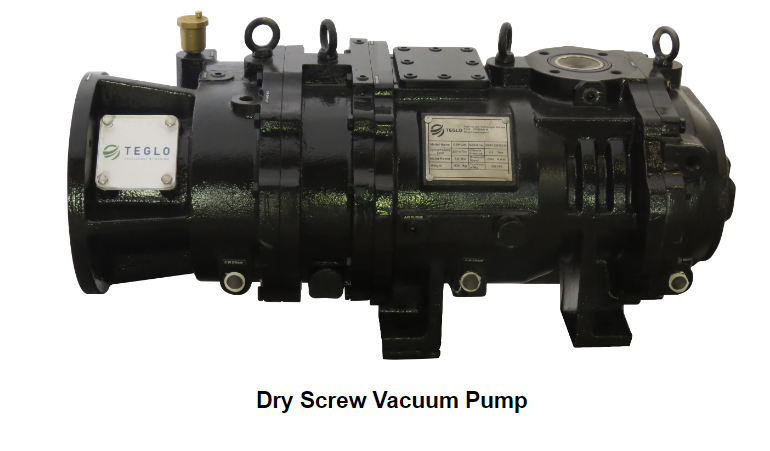
The world of technology is constantly evolving, and wearable app development are at the forefront of this revolution. These gadgets have transformed how we interact with technology, offering unprecedented convenience and connectivity.
From smartwatches to fitness trackers, wearable devices are becoming integral parts of our daily lives. However, the magic of these devices lies in the apps that power them.
In this blog, we will explore the fascinating journey of wearable app development, from conceptualization to deployment, and the impact it has on our connected world.
Understanding Wearable Devices
What Are Wearable Devices?
Wearable devices are electronic gadgets designed to be worn on the body. They include smartwatches, fitness trackers, smart glasses, and more. These devices are equipped with sensors and connectivity options, enabling them to collect data, provide notifications, and perform various functions.
The Importance of Wearable Apps
While the hardware of wearable devices is impressive, the true value lies in the software – the apps that make these devices functional and useful. Wearable apps are tailored to the unique characteristics of these devices, offering features that enhance the user experience. Whether it’s tracking health metrics, providing navigation, or enabling communication, wearable apps are essential for unlocking the full potential of wearable devices.
The Development Process of Wearable Apps
Conceptualization and Ideation
The journey of developing a wearable app begins with an idea. This stage involves brainstorming and conceptualizing the app’s purpose, features, and target audience. Developers must consider the unique attributes of wearable devices, such as their small screen sizes, limited battery life, and specific use cases.
Key Considerations:
- User Needs: Identify the specific problems the app will solve or the needs it will fulfill.
- Device Compatibility: Determine which wearable devices the app will support.
- Market Research: Analyze the competition and identify gaps in the market.
Design and User Experience
Designing a wearable app requires a deep understanding of user experience (UX) principles. The app must be intuitive, easy to navigate, and provide a seamless experience on the small screen of a wearable device. This stage involves creating wireframes, prototypes, and mockups to visualize the app’s layout and functionality.
Key Considerations:
- Minimalist Design: Keep the design simple and focused on essential functions.
- Ease of Use: Ensure the app can be easily operated with minimal interaction.
- Accessibility: Make the app accessible to users with different needs and abilities.
Development and Coding
Once the design is finalized, the actual development process begins. This involves writing the code for the app, integrating necessary APIs, and ensuring the app functions smoothly on the targeted wearable devices. Developers often use specialized development kits and platforms provided by wearable device manufacturers, such as Apple WatchKit for watchOS and Google Wear OS SDK.
Key Considerations:
- Performance Optimization: Ensure the app runs efficiently without draining the device’s battery.
- Sensor Integration: Leverage the device’s sensors for enhanced functionality.
- Cross-Platform Compatibility: If applicable, ensure the app works across different wearable platforms.
Testing and Quality Assurance
Testing is a crucial phase in wearable app development. Given the unique characteristics of wearable devices, extensive testing is necessary to ensure the app performs as expected in various scenarios. This includes functional testing, usability testing, and performance testing.
Key Considerations:
- Real-World Testing: Test the app in real-world conditions to simulate actual usage.
- User Feedback: Gather feedback from early users to identify and fix issues.
- Bug Fixing: Address any bugs or glitches to ensure a smooth user experience.
Deployment and Maintenance
Once the app passes the testing phase, it is ready for deployment. This involves submitting the app to the appropriate app stores, such as the Apple App Store or Google Play Store. Post-deployment, continuous maintenance is essential to keep the app updated, fix bugs, and introduce new features.
Key Considerations:
- App Store Guidelines: Ensure the app meets the guidelines and requirements of the app stores.
- User Support: Provide ongoing support to address user issues and feedback.
- Regular Updates: Release updates to improve the app and add new functionalities.
The Impact of Wearable Apps on Connectivity
Wearable apps have significantly enhanced our connectivity, enabling seamless integration between our digital and physical worlds. They have revolutionized various sectors, including healthcare, fitness, communication, and entertainment.
Healthcare and Fitness
Wearable apps have transformed the healthcare and fitness industries by enabling real-time health monitoring and personalized fitness tracking. These apps can track vital signs, monitor physical activities, and provide insights into overall health and wellness.
Communication
Wearable apps have made communication more convenient and accessible. With apps for messaging, email, and social media, users can stay connected without constantly reaching for their smartphones.
Navigation and Travel
Wearable apps offer practical navigation and travel solutions. From providing turn-by-turn directions to offering real-time travel updates, these apps make commuting and traveling more efficient.
Entertainment
Wearable apps have also enhanced the entertainment experience by offering music streaming, gaming, and augmented reality features directly on the user’s wrist.
Future Trends in Wearable App Development
As technology continues to evolve, the future of wearable app development looks promising. Here are some trends to watch out for:
Advanced Health Monitoring
With advancements in sensor technology, wearable apps will offer more sophisticated health monitoring capabilities, including early disease detection and personalized health recommendations.
Enhanced Personalization
Wearable apps will leverage artificial intelligence and machine learning to provide highly personalized experiences tailored to individual user preferences and behaviors.
Seamless Integration
Future wearable apps will offer seamless integration with other smart devices and ecosystems, creating a more connected and cohesive digital experience.
Innovative User Interfaces
Developers will explore new user interface paradigms, such as voice control and gesture recognition, to enhance the usability and functionality of wearable apps.
Conclusion
The journey of wearable app development is an exciting and dynamic process that combines innovative technology with user-centric design. As wearable devices continue to evolve, the apps that power them will play a crucial role in enhancing our connectivity and improving our daily lives. By understanding the development process and staying abreast of emerging trends, developers can create cutting-edge wearable apps that revolutionize how we interact with technology






